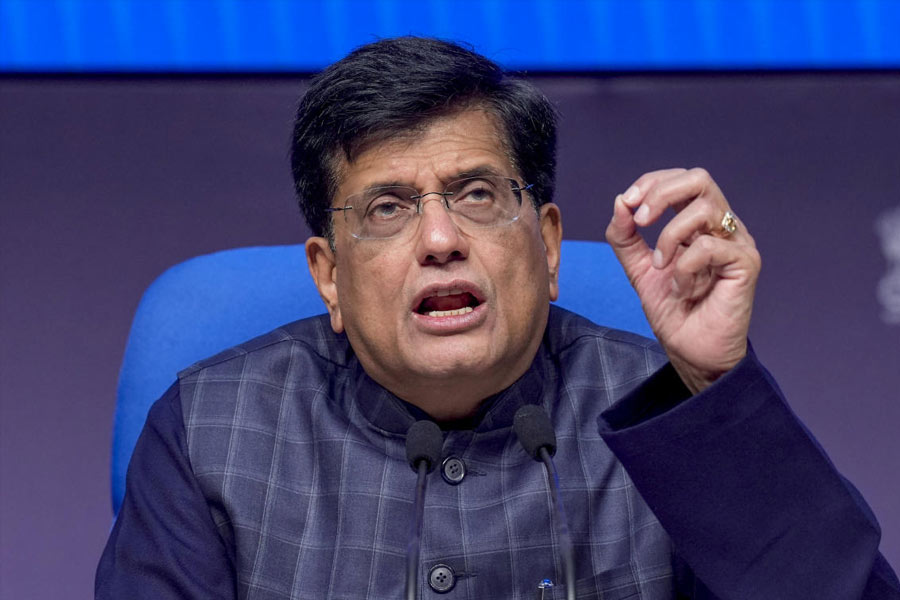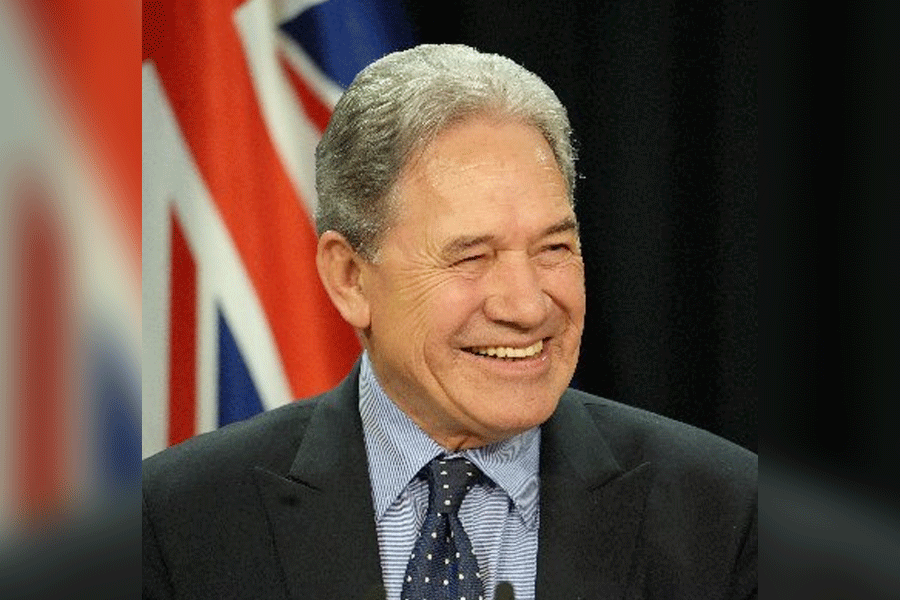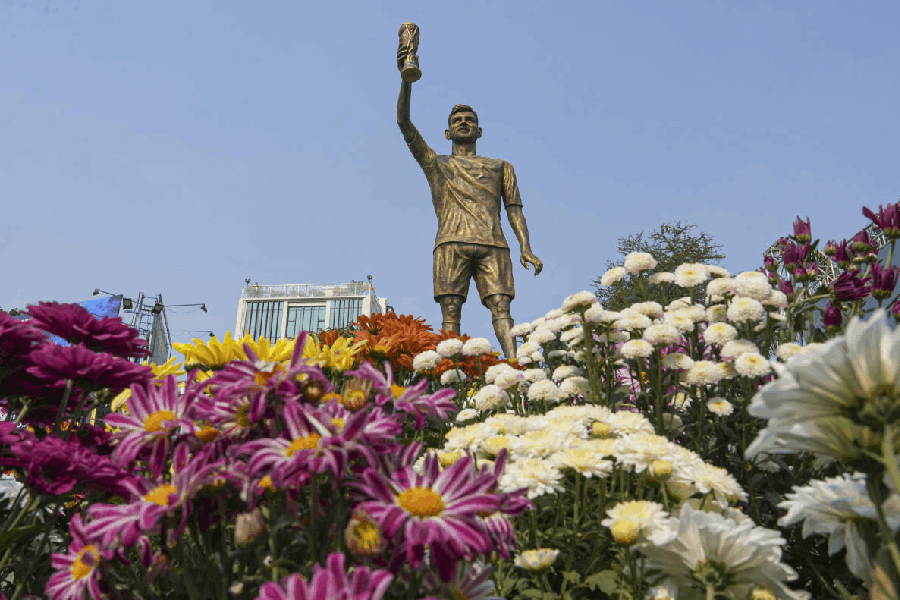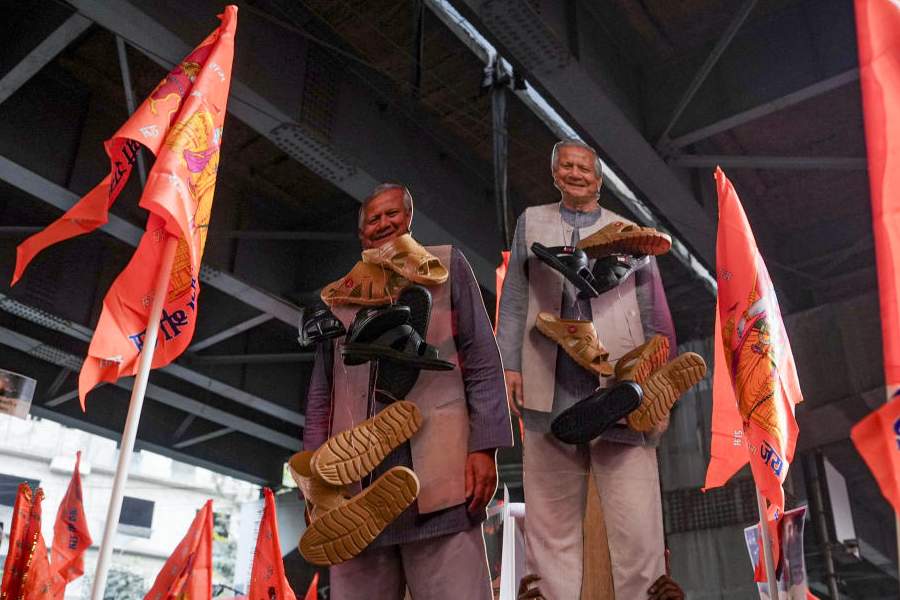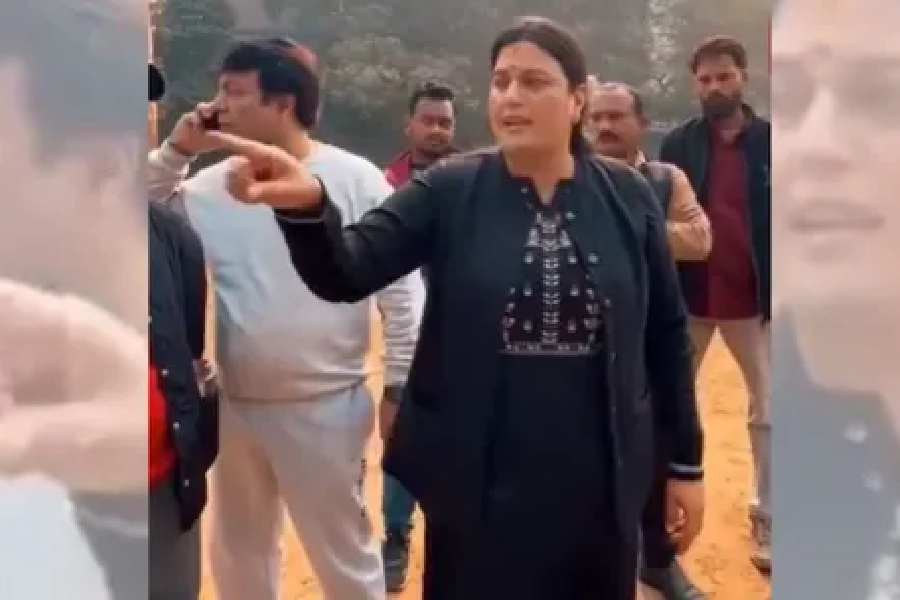 |
| The Golden Temple |
New Delhi, July 10: The Pakistani military operation in Islamabad’s Lal Masjid that began early this morning has huge echoes of Operation Bluestar — the 1984 Indian Army effort to clear Amritsar’s Golden Temple of Sikh militants.
The historical parallel has not been lost in Pakistan where at least one respected English newspaper, the Daily Times edited by Najam Sethi, today urged Musharraf in an editorial to take a lesson from India.
“In 1979, the Saudi government had to take just such a decision when some extremist elements took over the Ka’aba. In 1984, the Indian government decided to storm the Golden Temple because such an action, despite the dangers inherent in doing so, had become inevitable and absolutely necessary,” the editorial noted and urged the Pakistani government forces to storm the Lal Masjid.
Pakistan’s “Bluestar” — as Operation Silence is being called — may not necessarily have the same denouement as India’s own. Months after the military operation, Indira Gandhi’s bodyguards killed her to take revenge for the alleged massacre in the Golden Temple. The total number killed in Bluestar is still disputed and figures vary wildly from 400 to more than 10,000. The military acumen of the Khalistanis and their fierce resistance was evident. At least 90 Indian soldiers and officers were killed.
But the reason for the parallels being drawn are not difficult to fathom. One Indian analyst, B. Raman, a former Research and Analysis Wing official, writes that Maulana Mohammed Abdul Aziz could well be “Musharraf’s Bhindranwale”.
In 1984, Bhindranwale took shelter in the Akal Takht in the premises of the Golden Temple and assumed leadership of the secessionist movement for “Khalistan”. In the months prior to that, Indira Gandhi, and then home minister Giani Zail Singh had sought to use Bhindranwale’s influence to divide the militants.
Aziz, who was arrested, and his Lal Masjid have been close to the Pakistani establishment. The ISI at one time used the Lal Masjid to shelter and train Mujahideen during the Soviet occupation of Afghanistan. Later, after assuming power in 1999, Aziz had come to Musharraf’s aid by discrediting former Prime Ministers Nawaz Sharif and Benazir Bhutto. He had also become increasingly pro-Taliban.
The parallels do not end there. The starkness of militants using an important place of worship — the Lal Masjid now and the Golden Temple in 1984 — as a hub is all too apparent. Also clear is that the Indian government then and Musharraf’s government now concluded that only military action could eject the militants.
Yet, in India, there are critics from the military establishment who refuse to accept that the situations are similar.
“Those who are calling the Lal Masjid action Pakistan’s ‘Operation Bluestar’ don’t know what they are talking about,” the man who led the 1984 action told The Telegraph today. Lieutenant General (retired) Kuldip Singh Brar led Operation Bluestar in ground zero as a Major General and the officer commanding the 9 infantry division.
Brar, along with Lt General Krishnaswamy Sundarji, then chief of the western army command (who rose to become chief and is now dead) and Lt General (retired) Ranjit Singh Dayal, who was chief of staff in the command, planned the operation. The then army chief, General A.S. Vaidya coordinated between Indira Gandhi and the military. Four years later, in 1988, General Vaidya was killed in Pune.
Bhindranwale’s forces inside the Golden Temple were also led by an able officer who had quit the military after earning plaudits for his role in the 1971 Bangladesh war. Major General Shahbeg Singh had to leave the army for alleged financial irregularities. He joined forces with Bhindranwale shortly afterwards.
Well versed in the tactics of the Indian Army, Shahbeg Singh assiduously fortified the buildings in and around the Golden Temple, planted machine gunners on rooftops and on the clock tower. In one instance, he placed a machine gun a little above ground level facing the entrance from which he suspected the army would try to storm in.
On June 5, Brar and his men began appealing to the militants and the pilgrims on loudspeakers to leave the temple premises and/or surrender. It was an unusually significant day to commemorate Guru Arjan Dev and thousands of pilgrims converged on the temple. Between 4pm and 7pm, the army took up positions while simultaneously urging people to leave.
A 36-hour curfew was imposed on Punjab. At 10 in the night, the first commandos tried to move into the temple. Sniper and machine gun fire brought down tens of them. When withering fire made it difficult for the army to move, Brar and Dayal, Sikh officers themselves, agonised before asking for an Armoured Personnel Carrier. Even the first APC was destroyed by a rocket-propelled gun. Subsequently they decided there was no option but to use the tanks of the 9th cavalry.
Even then, they instructed that the Harmandir Sahib, the sanctum sanctorum, should not be in the line of fire. The Akal Takht was the target. Much of the Akal Takht was destroyed as were several buildings within the campus. Bhindranwale’s body was found among 40 others in the basement of the Akal Takht. Shahbeg Singh was also killed.
Many years later, after Brar published his account of Operation Bluestar, he was asked if it would not have been wiser to lay siege to the temple and maybe even starve the militants inside. He said this was not feasible because of the urgency — and this is where the operation is vastly different from what has happened in the Lal Masjid today.
Brar wrote that the government had reckoned that Bhindranwale was about to declare an “Independent Khalistan” and hoist its flag over the Golden Temple. Pakistan would have immediately recognised “Khalistan” and would have tried to move its army in, just as India had done in Bangladesh in 1971 in aid of Mujibur Rahman.
Starving the militants was also not an option because the Goldent Temple was still open to pilgrims. Many from among the thousands of pilgrims would have taken food for the militants and, in any case, the Golden Temple’s langarkhana would be functional. Second, there was no shortage of water in the Temple. Third, Brar has said, the longer the siege continued, the more difficult it would be for the army to sustain it because Bhindranwale would have appealed to his followers across the state and even the loyalty of the Punjab police would be suspect.
Brar now lives in Mumbai. Dayal in Chandigarh. Both get Z-plus security.


